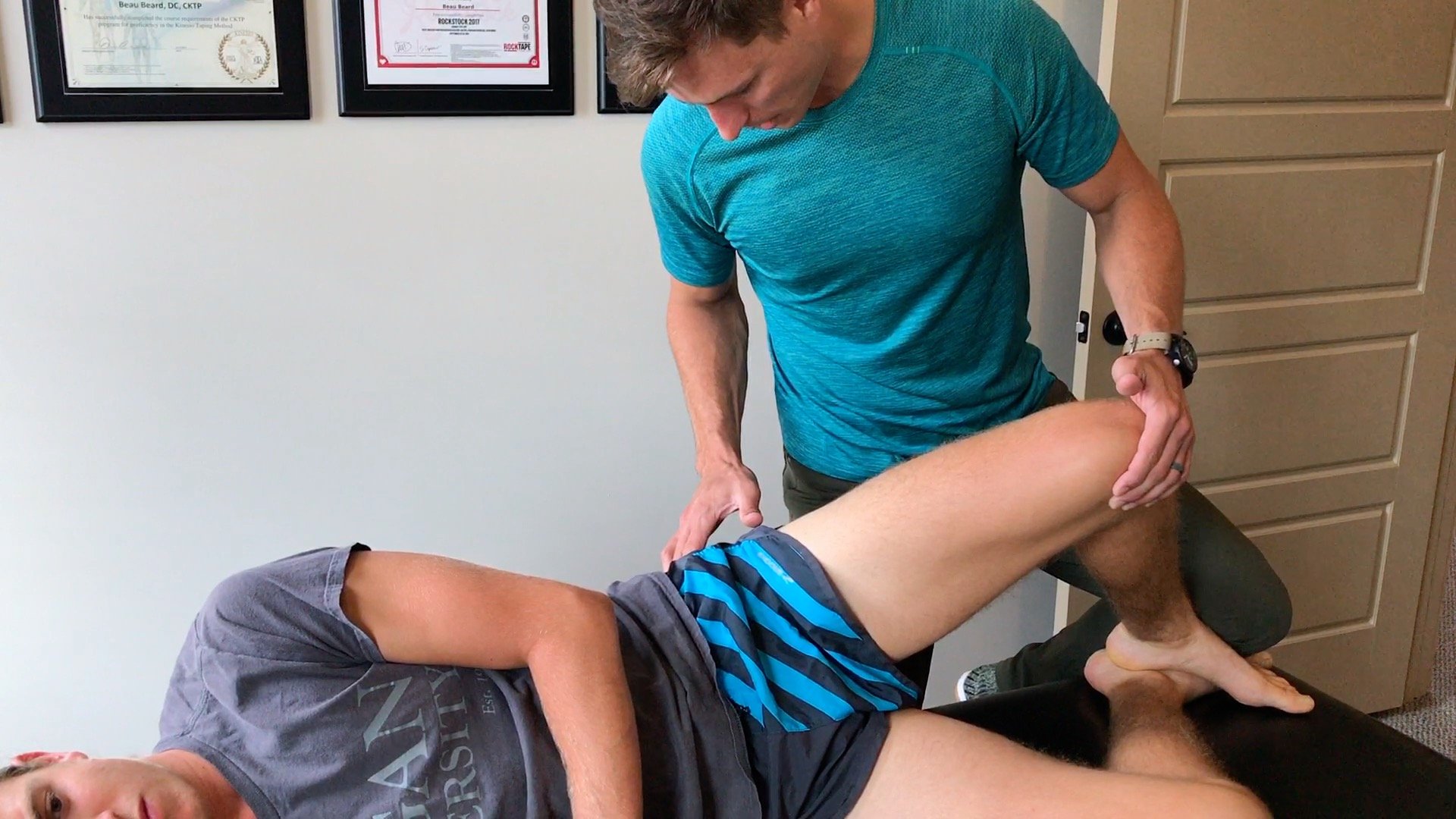
Piriformis Syndrome
Piriformis syndrome occurs when the piriformis muscle in the hip tightens or inflames, compressing the sciatic nerve.
Piriformis syndrome is a condition characterized by pain and discomfort in the buttocks and lower back, resulting from the piriformis muscle irritating the sciatic nerve. This irritation can lead to symptoms such as numbness, tingling, and pain that may radiate down the leg. Commonly associated with prolonged sitting, overuse injuries, or direct trauma, piriformis syndrome can significantly impact mobility and everyday activities. Treatment often involves a combination of physical therapy, stretching, strengthening exercises, and in some cases, chiropractic adjustments to alleviate the muscle tension and improve function.
Chiropractic Treatment for Piriformis Syndrome in Birmingham, AL
Sharp pain when bringing the affected leg behind the body
Sharp pain with rotation of the affected hip or deep squatting motions
Locking or catching sensations in the hip
Referred pain to the front of the hip and groin
Referred pain in the lower buttock region down the back of the thigh with certain motions
Stiffness or limited range of motion in the hip
Instability and a feeling of weakness in the hip.
Symptoms of a hip labral tear
Treatment Options for Piriformis
Common treatments for piriformis syndrome vary depending on the causative factors. Evidence-based treatment protocols are vital for achieving long-lasting beneficial effects. Leading soft tissue therapies for piriformis syndrome include Chiropractic Adjusting, Dry Needling, and Functional Rehabilitation. These modalities focus on addressing soft tissue restrictions and improving mobility. They are often complemented by spinal manipulations and rehabilitative exercises, contributing to a comprehensive approach for long-term results. Other treatment options, such as massage therapy, acupuncture, and functional medicine, may also be beneficial in managing piriformis syndrome and enhancing overall wellness.
FREQUENTLY ASKED QUESTIONS
-
While medications, such as pain relievers, muscle relaxants, and anti-inflammatory drugs may provide temporary relief for piriformis syndrome, the primary approach to effective treatment focuses on physical therapy, exercise, and stretching. These methods aim to reduce muscle tension and improve flexibility. Specific treatments often include adjustments in gait to alleviate pressure on the piriformis muscle and enhance overall movement patterns. By addressing the underlying muscular issues and promoting proper biomechanics, individuals can achieve long-term relief and restore function.
-
Chiropractors play a crucial role in alleviating pain and reducing inflammation by correcting misalignments in the spine and pelvis, which can lead to compression of the sciatic nerve and contribute to symptoms of piriformis syndrome. By employing spinal adjustments and various manual techniques, they aim to restore proper alignment and function, relieving pressure on the affected nerve. Additionally, chiropractors often recommend specific exercises and lifestyle adjustments to enhance recovery and prevent future issues, empowering patients to take an active role in their healing journey.
The FARM's difference begins with a thorough 50-minute exam. Our team evaluates every aspect of your health history to deliver optimal treatment.
Step 1
Our physicians provide effective, tailored care based on a comprehensive examination. The FARM focuses on individual treatment, addressing each patient's unique injury, health issues, and goals.
Step 2
Most clinical models lack a strong clinician-patient goal alliance for future planning. Our partnership with Farm Haus Fitness bridges rehabilitation and performance.
Step 3







